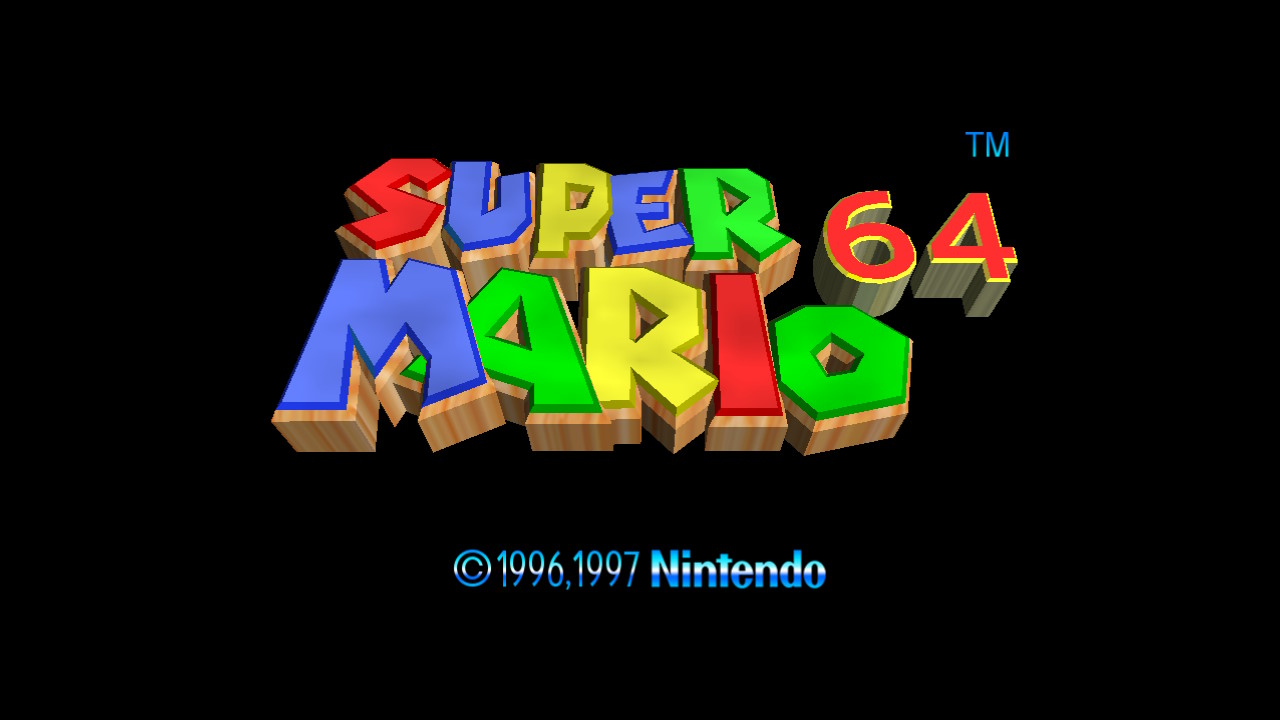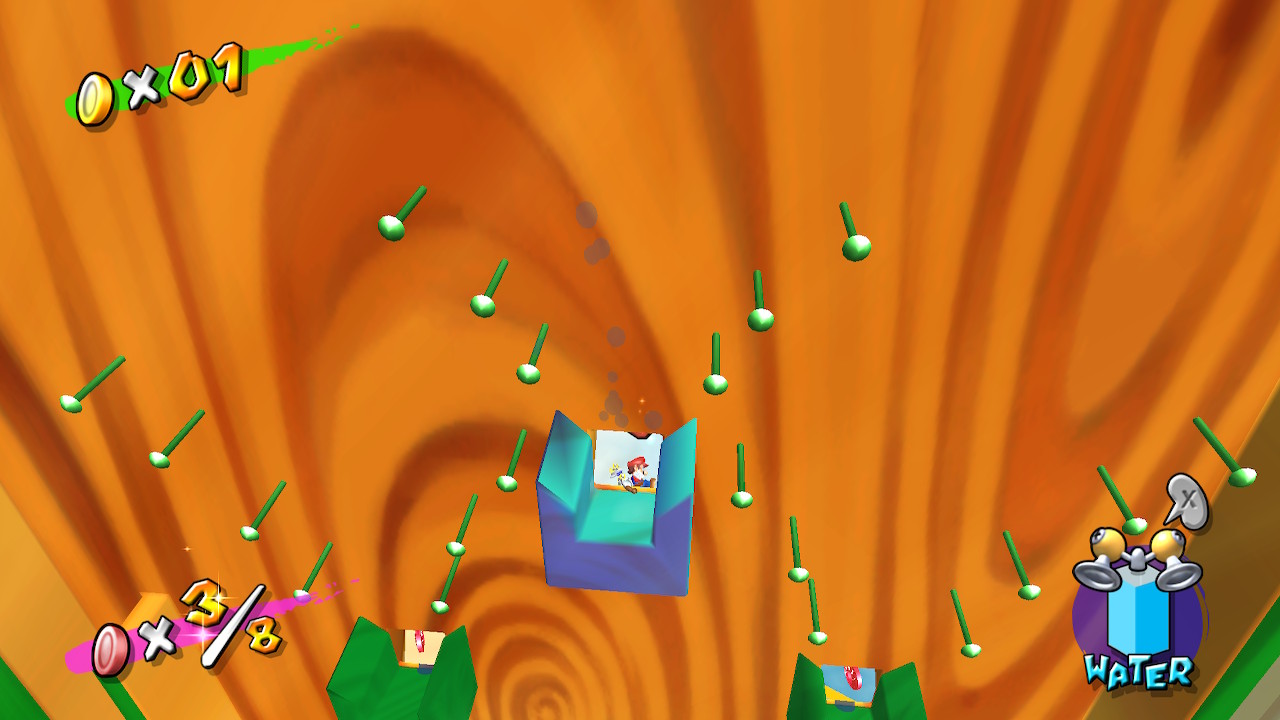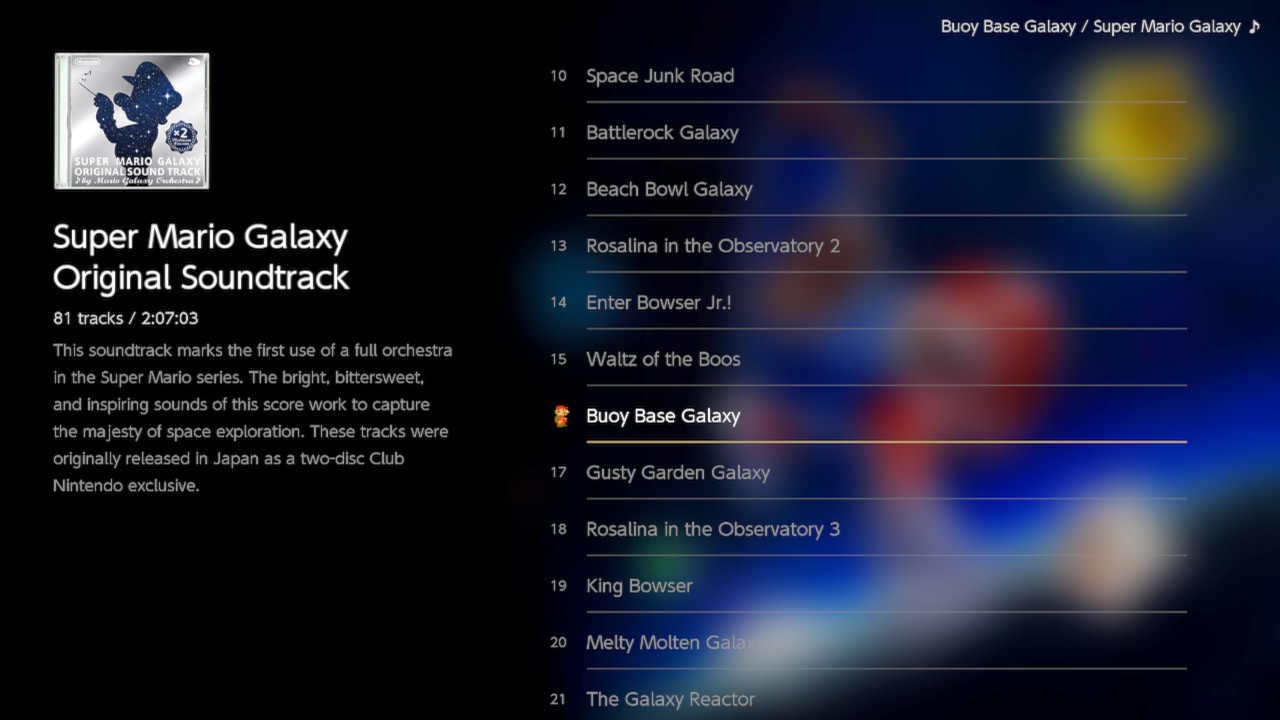For many months now, there have been rumours of a 3D Mario collection on Switch. This rumour was then confirmed about a month ago in the Mario Direct, where Super Mario 3D All-Stars wa finally announced for the console. With Super Mario 64, Sunshine and Galaxy in one convenient package, it promised to be a great way to revisit these classic titles on the Switch system.
But now it’s finally here, does it really live up to the hype? How do these three games hold up all these decades later?
Does the collection itself do them justice
Let’s find out!
Starting with an obvious yet disappointing aspect of the collection that’s clear right off the bat. Despite what the name may suggest, Super Mario 3D All-Stars is nothing like the SNES version of Super Mario All Stars was back in the day.
No, while that collection spruces up all its included game with completely redone graphics and music plus various other major technical changes, the games included in 3D All-Stars are very much there on an ‘as is’ basis. There are no (major) graphical overhauls, no fancy orchestrated soundtracks and no changes to the physics or core gameplay experience either. They’re Super Mario 64, Sunshine and Galaxy as they were at launch, just running on the Switch.
And to some degree, that already leaves me rather underwhelmed. After all, as good as these games were, they had so much room for improvement too. Super Mario 64 could have done with some fancy graphics and a better camera, Galaxy could have done with some more control options, and Sunshine could have done with… well an awful lot to be honest with you.

Caption: Mostly the features from this ROM hack
So it feels like a wasted opportunity for Nintendo not to remake or remaster them like they did Ocarina of Time 3D, the Pokemon remakes or Super Mario 64 DS.
Regardless, since the very process of porting them over required a fair changes, I may as well look at each one on an inndividual level anyway.
With Super Mario 64 being the first. In a way, this is probably both the best and worst game in the whole collection at the same time.

Since while on the one hand, the controls are simple enough that it works fine on the console in both handheld and docked mode, on the other, its age and technical limitations have started to become readily apparent here too.
With the most notable example of the latter being the camera controls. Dear god, does Super Mario 64’s camera suck by today’s standards.
Seriously, it’s hard to visualise if you haven’t gone back to the game for years, but it is so clunky and limiting compared to the ones in Sunshine or Galaxy. You only had four buttons to use instead of a stick, so you could only move it by so many degrees each way, and it had a nasty tendency to switch angle at the worst possible moment.

What else could you do with this set of buttons?
And the Switch’s control scheme just makes that all the more clear. Why? Because here’s the thing:
The Switch controller is a dual analogue one. Hence the camera controls for 64 are mapped to the second stick.
Problem is, because they’re not analogue, the stick doesn’t function like you’d expect it to. It functions like a set of four buttons activated by loosely angling the stick in a certain direction, with no indication which one you’d actually be hitting.
It’s a complete nightmare to use, and makes me wish they’d just stuck Sunshine or Odyssey’s camera controls in this game instead.
Still, there are quite a lot of changes they probably should have made here to be honest. Upping the game’s frame rate to 60 fps would be a good start, as would have making it widescreen and run at 1080p while docked. These changes, as minor as they are would have all been nice quality of life improvements, and made the version here feel like the definitive edition of the game.
Overall though, 64 works pretty well here. Its controls adapt well, it looks clean in all console modes, and the grievances (as annoying as they sometimes are) don’t detract from the overall experience that much.
Sunshine on the other hand, that’s a different story.

Because unlike with 64 and Galaxy, Nintendo had to tone down the controls here. There was no two ways about it, the necessary pressure sensitive buttons used by the original game don’t exist on the Switch console.
So they came up with the solution of splitting the two water spraying modes into two distinct buttons. ZR has you spray water while moving, while R has you aim and spray while standing still.
This is a somewhat passable set up in theory, and it is certainly possible to get used to (especially if you’ve never played the original game before).
But it’s an absolute pain in the proverbial for fans of the original game, since it takes all your muscle memory and completely chucks it out of the window. Worse still, it also means you’re likely to screw up in said situation too.
Trust me, I’ve made that mistake. I’ve wanted to spray water while moving and got locked to the spot, or wanted to aim and ended up moving around instead. Both have happened in fast paced situations (like boss battles), and both have been pretty painful.
These changes are also not helped by the uninverted control scheme for the water spraying. It’s completely flipped from the original, and means you’ll likely take a moment to get used to how the controls work here too.
And don’t expect you can find a way round these changes either. There’s no option to invert the water spraying controls for FLUDD, nor to use the original controls with a GameCube controller. Indeed, even if you do have one and use the adaptor, it basically just acts like the pro controller does, with no pressure sensitive triggers or anything. That’s a really wasted opportunity if you ask me, and one that I feel Nintendo could have really took some advantage of.
Ah well, at least the game design itself is mostly untouched, and as fun as it ever was. All the missions play out as you’d expect them too, all the levels feel as amazing to explore now as they did many years ago, and even if you wanted to glitch your way through the game… that’s still possible too, since they’re not using an updated Shintou version of the game for this one.

Delfino Plaza looks as good as ever

As do the levels, like Pinna Park here
Yet at the same time, that might be a bit of an issue in itself. Why?
Because Super Mario Sunshine is arguably the one game that needed the most updates. It’s design is the most flawed of the three, and there are so many little places where quality of life improvements would be most welcome.
Like say, a better Blue Coin tracking system. Or a button to skip cutscenes. Or in many cases, a way to instantly continue the level rather than being booted out the whole stage, since dying in a sub area doesn’t always act like you’d expect it too.

Or better physics for this bloody pachinko machine level
But these types of changes haven’t been made, so there’s nothing to really make up for the control scheme updates in the same way Mario 64 DS made up for its limited controls by adding new content to the game.
It’s not a bad game (far from it in fact), it’s just this isn’t the ideal way to experience it.
Which brings me to Super Mario Galaxy. The pinnacle of the Wii generation, and one of Nintendo’s best games in history. It’s hard to even imagine any way Nintendo could possibly screw this one up.

And they didn’t, at least on docked mode. The pointer controls have been almost flawlessly recreated with the gyro sensor in the Switch controlers, and every aspect of the game looks, sounds and play as fantastically as it back in 2007.

The Comet Observatory looks as good as ever

The storybook looks good too
Then you play it in handheld mode, and things get a bit rougher round the edges. Why? Well, it’s pretty obvious really. When your screen is about the size of an iPad, motion controls and pointers aren’t exactly the best solution, especially when the controllers themselves are also connected to the system itself.
So Nintendo’s solution to this was to add touch screen controls to the game as well. That way, you can tap the screen to choose stars, collect star bits, use pull stars etc. It’s a fine idea in theory, and one which does indeed work better in many situations (like the bubble related levels).
Problem is, it’s also an utter nightmare in many others, and slows a large portion of the game down a crawl. For one thing, here’s what you have to do to start a single level;
- Find the right dome in the Comet Observatory, then enter it
- Tap the pull star to enter the map
- Tap the galaxy you want to go to
- Then tap the button that has Mario enter said galaxy
- Before tapping the star you actually want to play
On a TV with a pointer that sort of setup might be fine, but on handheld mode, it basically means you’ve got to keep switching control options for every level. You can’t just keep your hands on the buttons or move the controller, you have to physically keep swapping around.

Interestingly, you can use B to go back, but not A to go forward
That’s slow. So much so in fact, that it reminds me of the battle system in Paper Mario: Color Splash, where battles came down to slowly choosing cards on the touch screen before switching to button controls when they were in play.
It also feels a bit slow to use the touch screen in levels too for similar reasons. Pull stars and star bit collecting do work there, but they’re not ideal due to the control shift, and feel a bit less reliable than they did on the Wii as a result.
Still, it’s not all bad. As said before, the bubble levels actually work better in portable mode because of the new controls, whereas the other gimmick levels (the manta ray and ball riding ones) work decently enough in both modes.

The bubble controls actually work better in portable mode with touch controls
So yeah, Super Mario Galaxy works well when the Switch is docked, and somewhat decently whenever you’re on the go too.
Either way, that’s the games. But what about the collection itself? What else is there to really see/enjoy in this thing?
Surprisingly, not much. In addition to the games being mostly unchanged in many ways, there’s not a lot to see in the collection either. Apart from the games you’ve got some very basic options, the soundtracks for each game, and that’s it.
And they’re not exactly super fancily presented soundtracks either. Nope, your options are limited to starting and ending the song, and that’s about it. You can turn off the screen to treat it like a music player, but it’s not exactly a great way to play the songs overall, and really feels limited compared to the ones in titles like Super Smash Bros Ultimate or the various Mario RPGs.

You get very little control over how you play music in 3D All-Stars
In fact, the package is rather barebones in general. The menus are rather PowerPoint esque, the only information provided for each game feels like it’s from a wiki page, and the loading screens for each title reuse random artwork from magazines and what not.

This is the extent of the main menu in 3D All-Stars

And this is the extent of the options per game
It’s the kind of sparse, somewhat brutalist design you don’t expect from a Nintendo game, and one that people would be a lot more critical of coming from any other video game company.
Yet it’s one that I almost can’t give too harsh a review to. Sure, the package is minimalistic and the way its presented in questionable in many ways.
But it’s also the only practical way to play Super Mario Sunshine at the moment, the only way to play Sunshine or Galaxy on a handheld at all…
And a huge nostalgia trip that I’ve physically seen bring people to the verge of tears. Every person who grew up with 64, Sunshine or Galaxy that I’ve shown this game to has ended up back in their childhood after playing it, and has constantly wanted to revisit these games even more in the future.
So that makes Super Mario 3D All-Stars a tough one to rate. On the one hand it’s convenient, and the games themselves are as amazing as ever, yet at the same time, the collection itself feels rather basic for something meant to celebrate Mario’s 35th anniversary, especially with the All Stars name attached to it.
I’ll go down the middle here. 3 out of 5 for the game overall, with the ability to bump it up to a 4 if you haven’t played any of the original games included here.
5 Comments
OH OH OH OH OH OH OH OH OH OH! GRR GRR GRR GRR GRR GRR GRR GRR GRR GRR GRR GRR! GRR GRR GRR GRR GRR GRR GRR GRR GRR GRR GRR GRR GRR GRR! CM30, I don’t even know what you did to “individual” anyway, but that doesn’t matter anymore. You have caused way too much trouble on this planet. Get it fixed right now.
They also removed the option to choose a Mii in Super Mario Galaxy’s file selection menu!
That too. Makes a bit of sense given the fast development time, but it’s still a feature that’d be nice to have.
To be fair, the Miis for the Wii games don’t have the same features such as lip &hair colors and new facials so they would’ve had to make a lot of work to get that working, but the main problem is that this collection was rush.
They at least should’ve added Luma and Rosalina icons from Galaxy 2.